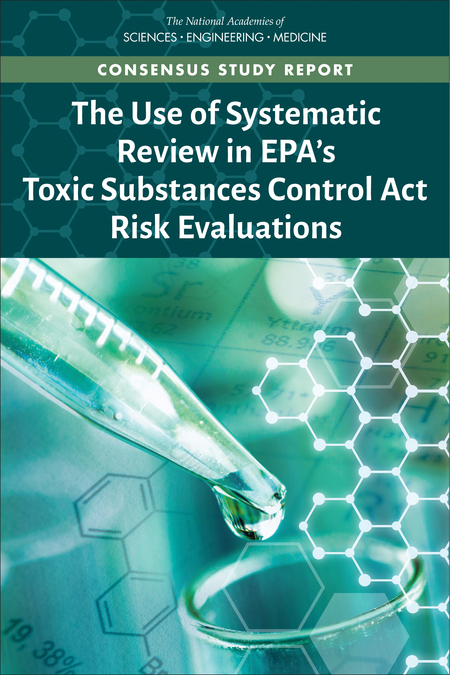
SAN FRANCISCO – UCSF’s Program on Reproductive Health and the Environment’s (PRHE) systematic review method called the Navigation Guide was recommended by the National Academies of Sciences, Engineering, and Medicine (NASEM) Report, “The Use of Systematic Review in EPA’s Toxic Substances Control Act (TSCA) Risk Evaluations,” which issued a scathing rebuke to the method EPA was using to evaluate chemicals under TSCA during the Trump Administration.
“NASEM’s evaluation of EPA’s TSCA method concurred with PRHE’s numerous public comments and statements that the method EPA was using under the Trump Administration was not scientifically rigorous and was omitting evidence that could protect public health,” said Tracey J. Woodruff, PhD, a former EPA senior scientist and UCSF Professor and Director of PRHE who was one of the creators of the Navigation Guide systematic review method endorsed by NASEM.
The TSCA method used by EPA’s Office of Pollution Prevention and Toxics (OPPT) under the Trump Administration, “was not comprehensive at each step…lack[ed] objectivity…[and] lack of a consistent approach for documenting the objectives or methods for synthesis and evidence integration,” the NASEM report stated. The report also admonished the OPPT TSCA method for omitting studies from analysis which could potentially “lead to a biased review” and that the “transparency of [EPA OPPT’s] entire risk evaluation process is compromised across all of its elements.”
The NASEM report continued, “The OPPT processes and practices are not consistent with the standard of practice for systematic review” and that the method “does not meet the criteria of ‘comprehensive, workable, objective, and transparent.’”
Finally, the NASEM report stated that there was “strong consensus,” that the EPA OPPT TSCA method “did not meet the standards of systematic review methodology.”
PRHE has been monitoring and analyzing EPA’s TSCA implementation since 2017. In both public comments, statements, and blogs, PRHE’s scientists have warned that the methods EPA was using to evaluate chemical risks under TSCA were not scientifically rigorous and were failing to protect health.
In August 2020, PRHE published an analysis by Nicholas Chartres PhD of the problems with OPPT’s TSCA method: https://prheucsf.blog/2020/08/25/wolf-in-sheeps-clothing-part-2-howepas-tsca-systematic-review-method-is-threatening-public-health/
This analysis mirrors many of the criticisms and recommendations in the NASEM report. Among the report’s recommendations is that “OPPT should step back from the approach that it has taken and consider components of the OHAT, IRIS, and Navigation Guide methods that could be incorporated directly and specifically into hazard assessment.”
Early today, EPA issued a statement saying that it is committed to science, transparency, and health under the new administration and will be adopting a more rigorous systematic review method to evaluate chemical risks under TSCA.
“We will continue to monitor and analyze EPA’s actions under TSCA, demand scientific rigor, and call on EPA to evaluate all of the evidence to ensure that EPA can take appropriate action to protect the public’s health,” said Nick Chartres.
